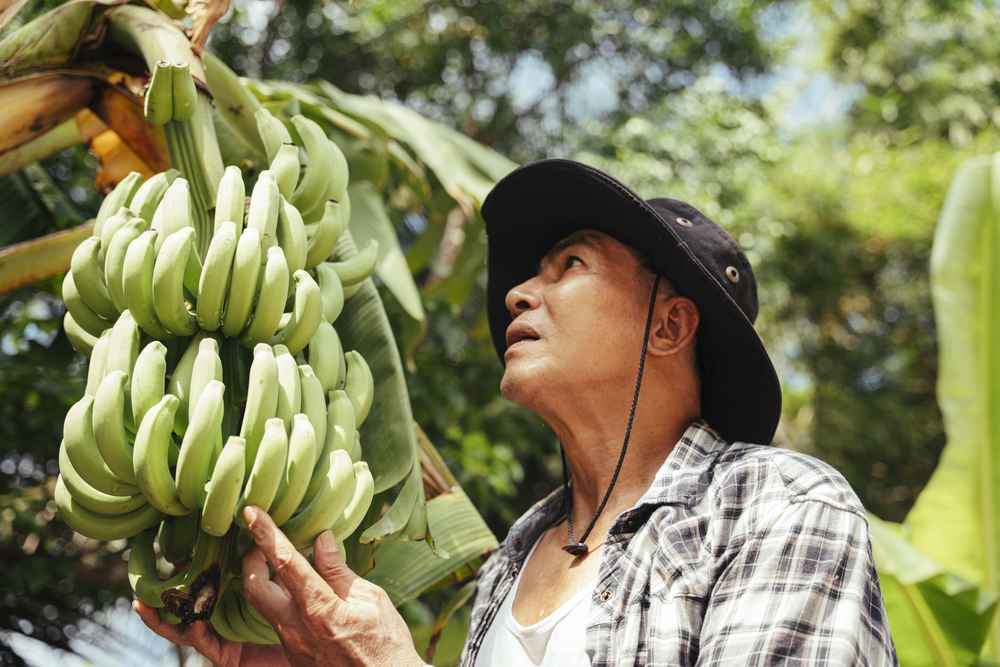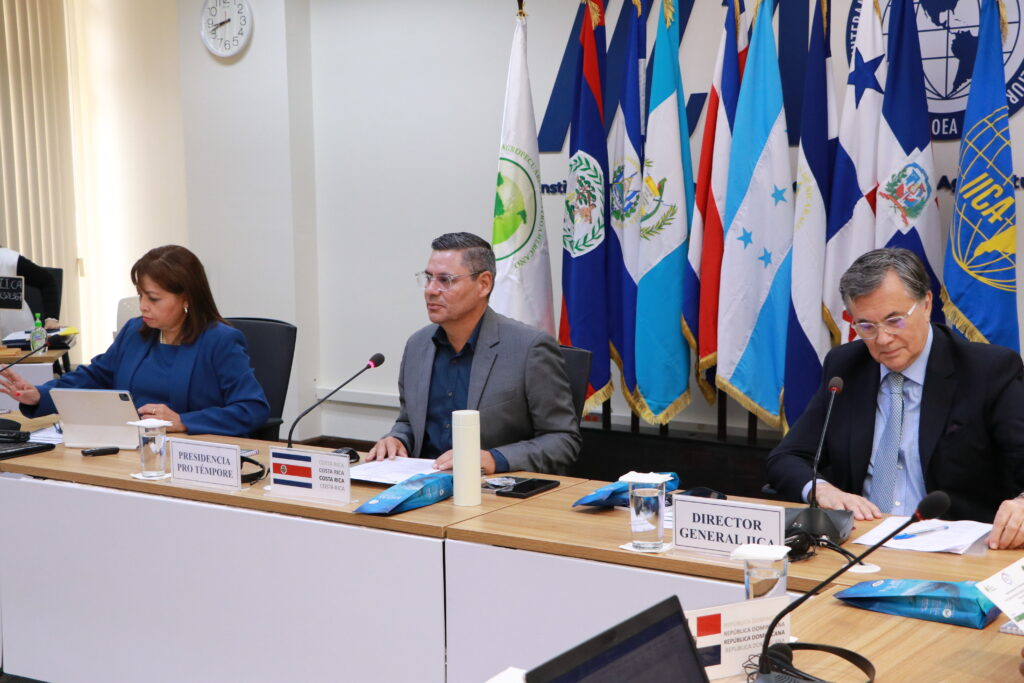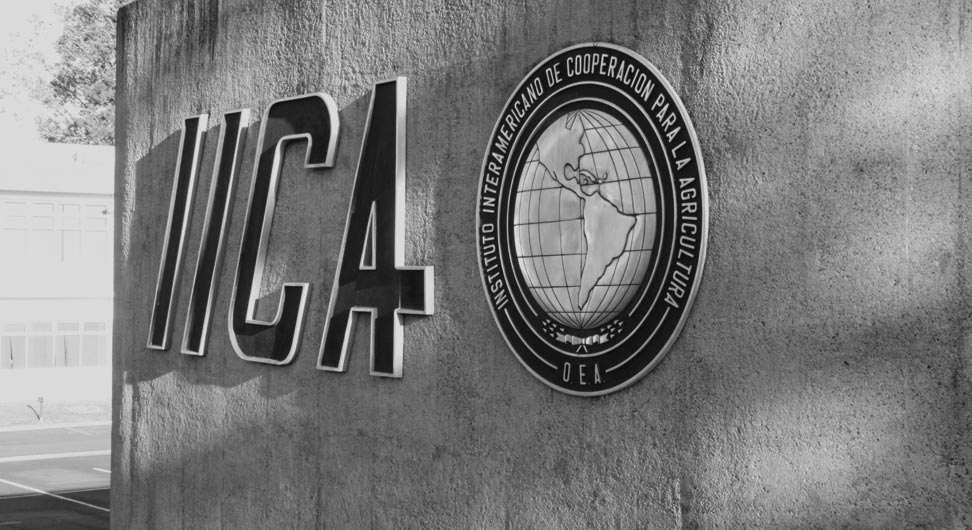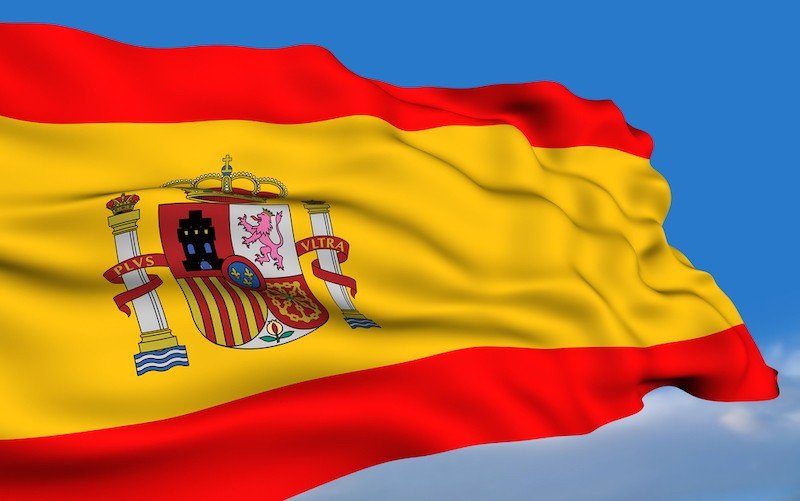El banano es el cuarto cultivo alimentario de mayor producción en el mundo detrás del trigo, el arroz y el maíz, y el quinto cultivo no procesado más consumido en el planeta.

San José, 17 de febrero de 2021 (IICA). Sostén económico de miles de pequeños productores y sus familias en las zonas tropicales del mundo, el banano está amenazado. Una enfermedad originada en el Sudeste Asiático, que marchita el cultivo hasta matarlo, se ha diseminado por plantaciones del mundo.
Se trata de un tema de alto impacto para poblaciones vulnerables: lejos de constituir una cuestión técnica que debería atraer la atención exclusiva de los expertos en mercados agrícolas, supone un verdadero riesgo para los medios de vida de muchísimos agricultores familiares de América Latina y el Caribe.
En la región, el banano es uno de los pocos cultivos que proporciona ingresos durante todo el año a pobladores rurales.
Por eso, expertos –entre ellos los científicos Gert Kema y Chelly Hresko, dos de los especialistas que más han investigado el tema en el mundo- recomiendan como imprescindible una acción coordinada de gobiernos, el sector privado y organismos de cooperación técnica guiados por la ciencia para que la enfermedad sea contenida y la producción pueda seguir adelante.
La cepa raza 4 tropical (R4T) del hongo fusarium es una enfermedad que se transmite a través del suelo y resiste a los fungicidas. Hoy no existe cura y la única solución para frenar la propagación es quemar plantaciones enteras de banano, que luego no pueden cultivarse nuevamente, con lo cual se pierden miles de hectáreas de tierras fértiles.
Aunque la R4T no afecta la salud humana y no supone un riesgo para quienes coman banano, puede destruir plantaciones enteras de un cultivo del que dependen los ingresos de miles de familias rurales en 135 países del mundo, entre ellos muchos de América Latina y el Caribe.
Es una pandemia de la que no se habla, pero que puede tener un impacto devastador sobre el bienestar de las poblaciones rurales, sobre puestos de trabajo y sobre la seguridad alimentaria planetaria.
Una experiencia que la humanidad ya vivió
En alguna medida, la aparición y diseminación del R4T constituye una repetición de una historia que la humanidad vivió en la primera mitad del siglo XX, cuando otra enfermedad del hongo fusarium –la llamada raza 1- terminó con la especie de banano Gros Michel, dominante hasta ese entonces.
La solución fue la expansión de la variedad Cavendish, dueña de una resistencia natural a esa enfermedad. Así cambió el escenario de la producción mundial del banano. En poco tiempo quedó claro que la alternativa era exitosa, al punto que durante las últimas siete décadas el banano Cavendish creció en forma de plantaciones de monocultivo. Hoy esta variedad constituye la mitad de la producción mundial y el 95% del banano que se exporta.
En América Latina y el Caribe todo el banano que los consumidores encuentran en mercados locales o grandes cadenas es de la especie Cavendish, hoy en serio riesgo por la R4T, lo que ha dejado expuesta su fragilidad.
Son muchas las razones por las cuales garantizar la sustentabilidad de la producción de banano es importante.
Los pequeños productores destinan en su mayor parte a los mercados locales o al autoconsumo sus cosechas, que así cumplen un rol fundamental en la alimentación de la población. De hecho, el banano constituye el cuarto cultivo alimentario de mayor producción en el mundo (detrás del trigo, el arroz y el maíz) y el quinto cultivo no procesado más consumido en el planeta.
En ese sentido, es notoria su importancia desde el punto de vista de la seguridad alimentaria global y algunos datos son reveladores: el 90% de la producción es consumida en países en desarrollo, donde representan hasta la cuarta parte de las calorías que ingieren diariamente unos 400 millones de personas.
La necesidad de actuar
Aunque fue detectada por primera vez en Jordania, en el Medio Oriente, la enfermedad R4T se originó en el sudeste asiático y desde allí comenzó a expandirse hacia el oeste. El banano se cultiva en los cinco continentes y la propagación fue veloz. En poco tiempo llegó a India, a Pakistán y en África se la encontró en Mozambique, sobre el Océano Índico.
Con más de 15 países afectados, los expertos entendían que, más tarde o más temprano, la enfermedad llegaría a América Latina y el Caribe, donde países como Brasil, Ecuador, Guatemala, Colombia y Costa Rica son grandes productores y reciben del banano un aporte esencial para sus economías. Las naciones de la región figuran al tope de las listas de exportadores mundiales y sus clientes más importantes son los países industrializados.
Fue Colombia el primer país donde se detectó la enfermedad en el continente, en 2019. El Instituto Colombiano Agropecuario (ICA) hizo pública la sospecha de que había unas 175 hectáreas afectadas en el norte del país. Por precaución fue erradicado el cultivo del territorio en cuestión y, poco después, análisis moleculares y genéticos realizados en los Países Bajos por la Universidad de Wageningen confirmaron el diagnóstico.
Colombia declaró rápidamente la emergencia nacional y en toda la región se encendieron las alarmas.
Aunque no hay información concluyente, los expertos entienden que la enfermedad es transmitida a través de las personas que van de plantación en plantación, muchas veces en distintos países, y sin saberlo llevan sus ropas u otros elementos contaminados.
Hoy, la prioridad es generar conocimiento científico y mejorar las capacidades entre los pequeños productores, para que a través de la higiene y otras medidas precautorias contribuyan a la contención de la enfermedad.
También resulta central crear conciencia sobre una situación que podría empeorar si no se le presta atención: los especialistas estiman que casi un 20% de las plantaciones de banano del mundo podrían verse afectadas por la R4T en 2040.
Es tiempo de actuar sin perder tiempo, porque están en juego la fuente de ingresos y la alimentación de cientos de miles de personas.
Más información:
Gerencia de Comunicación Institucional del IICA.
comunicacion.institucional@iica.int










